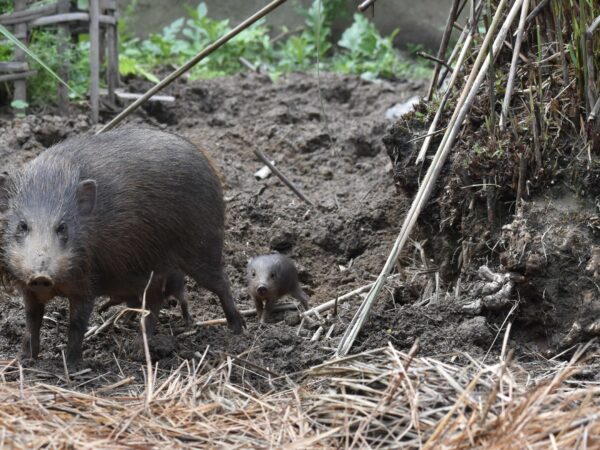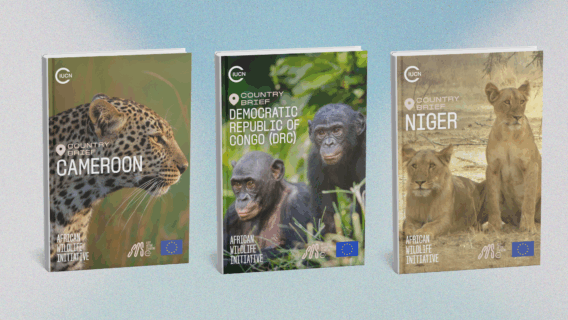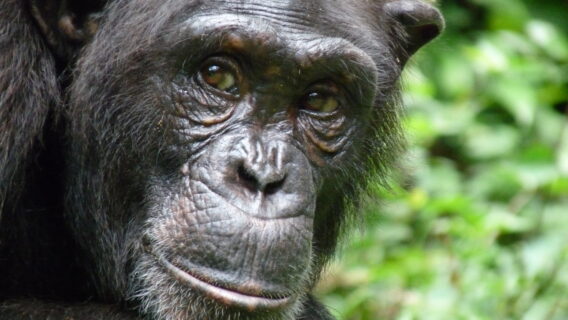
Securing sub-Himalayan grasslands for pygmy hog survival
Project description
The pygmy hog (Porcula salvania), the world’s smallest and one of the most endangered wild pigs, is endemic to the tall alluvial grasslands of the Himalayan foothills. Due to habitat loss from burning, encroachment, invasive species, and land-use changes, it had disappeared from nearly all of its range by 1995. The species is a key indicator of a fragile ecosystem that also supports other threatened wildlife such as the one-horned rhinoceros, tiger, and Bengal florican.
Threats

Habitat loss & degradation

Invasive alien species
Conservation breeding and reintroduction efforts led by the Pygmy Hog Conservation Programme (PHCP) since 1995 have successfully restored small populations in protected areas such as Manas and Orang National Parks. This project continues habitat restoration and reintroduction efforts in the Bhuyanpara Range of Manas, focusing on invasive species removal, native grass planting, and pygmy hog releases, while creating habitat corridors critical for the species’ long-term survival.
Project objectives
- Restore 310 hectares of grassland corridor between the Rupahi grassland block and the Kanchanbari reintroduction site in Manas National Park by the end of 2025, involving 150 local community members.
- Reinforce the key sub-population of pygmy hogs at Kanchanbari through the release of 18 captive-bred individuals.
- Restore an additional 300 hectares of critical grassland habitat in Panbari, home to the last known wild population, with the engagement of another 150 community members.
- Reduce threats from invasive plant species and encroaching trees to improve habitat quality for pygmy hogs and other grassland-dependent species.
- Support long-term population viability and ecosystem resilience by enhancing habitat connectivity and aligning actions with the Pygmy Hog Species Action Plan.
Project activities
- Remove invasive plant species (Chromolaena odorata and Mikania micrantha) manually over 300 hectares in Rupahi and Panbari, and assist restoration through planting native grasses using root cuttings.
- Reduce canopy cover by girdling 3,000 problematic trees across Rupahi and Panbari to support native grass regrowth.
- Release 18 captive-bred pygmy hogs into Kanchanbari in 2025, following pre-release acclimatisation and monitor their adaptation using telemetry, camera traps, and field surveys.
- Establish habitat connectivity by linking the Rupahi and Kanchanbari reintroduction sites to create a continuous grassland corridor that supports pygmy hog movement and breeding.
- Conduct pre- and post-intervention vegetation and animal sign surveys to evaluate restoration outcomes and inform adaptive management practices.
This project is implemented by Durrell Wildlife Conservation Trust, India



